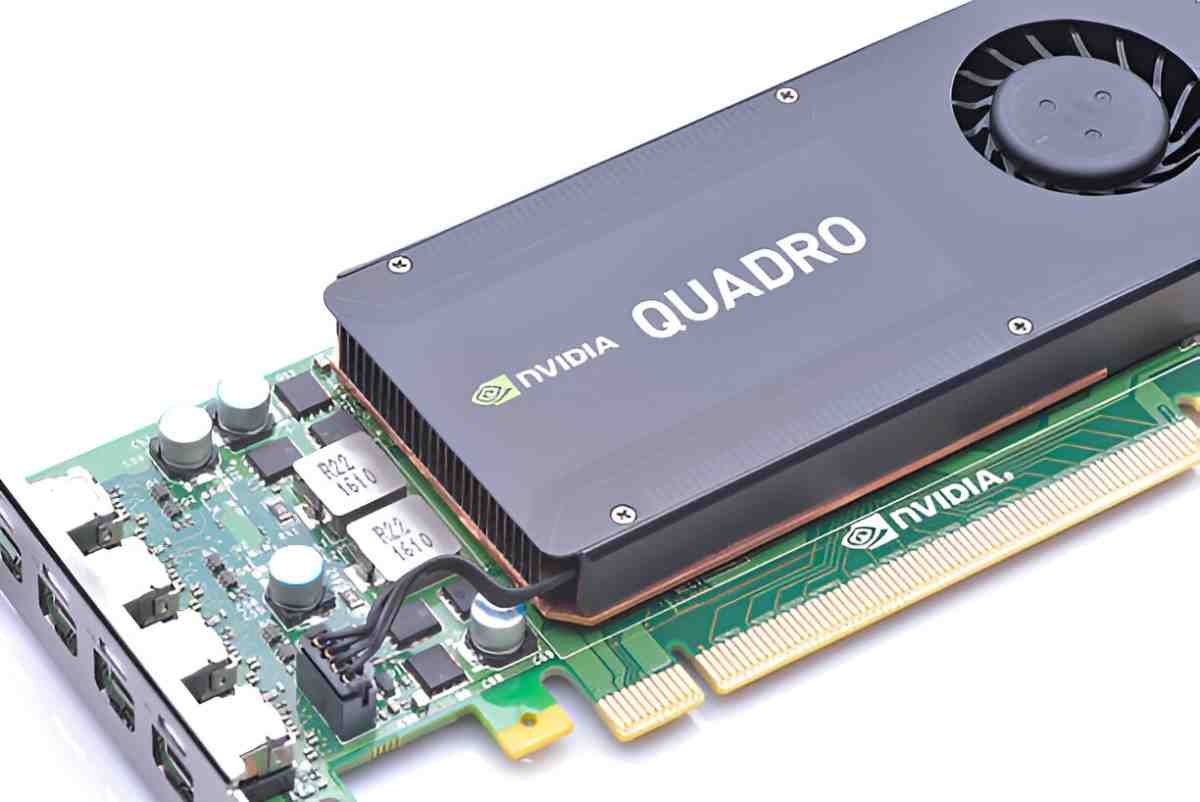Introduction
When looking at virtual reality (VR), the graphics card is the heart of the system. Without a strong GPU, a VR experience feels sluggish and uncomfortable. One of the most talked-about options has been the NVIDIA GTX 1070. This article explores its capabilities, performance, and viability for VR gaming. I will examine its specifications, compare it with alternatives, and provide real-world insights.
Table of Contents
Understanding the GTX 1070’s Hardware
The GTX 1070 uses Pascal architecture, which is more efficient than its predecessors. The key specifications include:
| Specification | GTX 1070 |
|---|---|
| Architecture | Pascal |
| CUDA Cores | 1920 |
| Base Clock | 1506 MHz |
| Boost Clock | 1683 MHz |
| Memory | 8GB GDDR5 |
| Memory Speed | 8 Gbps |
| TDP | 150W |
This GPU balances power consumption and performance well. With 8GB of GDDR5 memory, it handles large textures in VR. The 1920 CUDA cores process graphics efficiently, delivering smooth performance in VR titles.
How the GTX 1070 Handles Virtual Reality
VR gaming demands high frame rates and low latency. The GTX 1070 meets the minimum VR requirements for Oculus Rift, HTC Vive, and Windows Mixed Reality headsets. It supports NVIDIA’s VRWorks, which enhances rendering with techniques like multi-resolution shading and VR SLI.
Performance in VR Games
| Game | Resolution | Average FPS (GTX 1070) |
|---|---|---|
| Beat Saber | 2160×1200 | 90 FPS |
| Half-Life: Alyx | 2160×1200 | 75-90 FPS |
| The Walking Dead: Saints & Sinners | 2160×1200 | 70-85 FPS |
| Elite Dangerous | 2160×1200 | 65-80 FPS |
| Skyrim VR | 2160×1200 | 75-90 FPS |
For less demanding VR games like Beat Saber, the GTX 1070 runs at a stable 90 FPS. In graphically intensive titles like Half-Life: Alyx, it mostly maintains 90 FPS, though it may dip in detailed environments. This card keeps frame rates within acceptable VR limits, ensuring a smooth experience.
Comparing the GTX 1070 to Other GPUs
| GPU | Architecture | VRAM | Base Clock | Boost Clock | VR Performance |
|---|---|---|---|---|---|
| GTX 1070 | Pascal | 8GB GDDR5 | 1506 MHz | 1683 MHz | Good |
| GTX 1660 Ti | Turing | 6GB GDDR6 | 1500 MHz | 1770 MHz | Moderate |
| RTX 2060 | Turing | 6GB GDDR6 | 1365 MHz | 1680 MHz | Better |
| RTX 3060 | Ampere | 12GB GDDR6 | 1320 MHz | 1777 MHz | Best |
The GTX 1070 outperforms the 1660 Ti in VR due to its extra VRAM and higher CUDA core count. However, it lags behind the RTX 2060 and 3060, which have superior architecture and hardware ray tracing. Still, for users focused on VR, the GTX 1070 remains viable.
Latency and Frame Timing
Latency is crucial in VR. The GTX 1070 keeps frame times within the 11ms target needed for 90 FPS. With ASW (Asynchronous Spacewarp) enabled, Oculus headsets can maintain smooth motion even if frames drop.
Frame Timing Example
Let’s say a scene in Half-Life: Alyx requires rendering in 11ms per frame. If the GPU takes 13ms, frame rates drop. The GTX 1070 usually maintains times between 9ms and 11ms in most VR scenarios, ensuring a stable experience.
Power Consumption and Cooling
With a 150W TDP, the GTX 1070 is efficient compared to newer GPUs. Most models use dual-fan designs, keeping temperatures around 65-75°C under VR loads. Users should ensure good airflow in their case to prevent thermal throttling.
Future-Proofing the GTX 1070 for VR
Newer VR titles demand more GPU power. While the GTX 1070 handles current VR well, upcoming games will push its limits. Features like DLSS and ray tracing, found in RTX cards, are absent in the 1070. However, for those using current-gen headsets and games, this GPU remains effective.
Conclusion
The GTX 1070 stands as a solid choice for VR. It provides smooth frame rates in most VR games, remains power-efficient, and is cost-effective. While it lacks future-facing technologies, it still competes with mid-range GPUs. If you own one or can find one at a good price, it remains a strong option for virtual reality.





